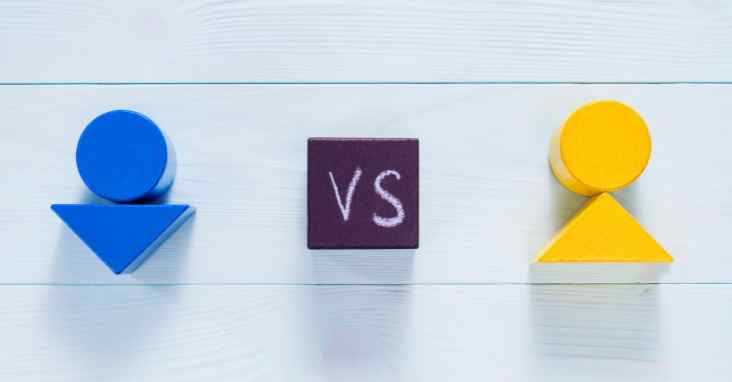Navigating the vast complexity of human cognition, one often stumbles upon two seemingly contrasting approaches to processing information, namely top-down and bottom-up processing. Both serve as intricate mechanisms enabling us to perceive, interact with, and understand our environment, and they continually shape our learning experiences.
By delving deep into the neurological, psychological, and philosophical domains, we can unravel the nuances and interactions between these processing types.
Top-down processing refers to the cognitive approach where one’s background knowledge, expectations, and conceptual frameworks influence the perception and interpretation of sensory information. It’s like using a template of preconceived notions to make sense of new information.
In contrast, only bottom-up processing is a data-driven approach to visual illusions, where visual perception always begins with the stimulus itself, and the interpretation of this external stimulus is uninfluenced by expectations or prior knowledge. This entails a meticulous construction of reality, piece by piece, from the sensory input we receive from the sensory receptors of human face.
Read the full article about Top Down vs Bottom Up Processing on Serchen.com




